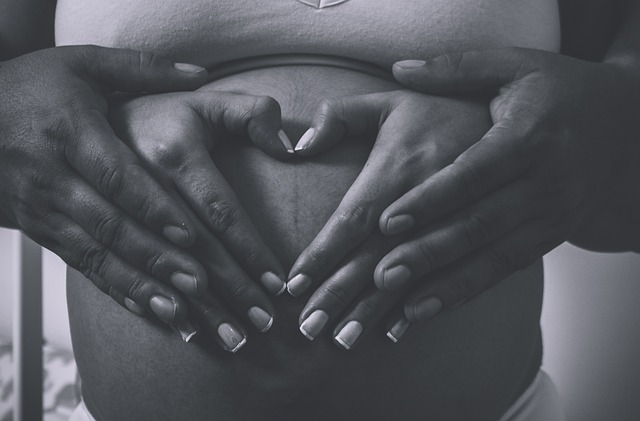In the realm of parenting, few tasks rival the challenge of dressing an infant, particularly when faced with the perplexing design of baby clothing. If you’re a parent, you’ve likely found yourself questioning the logic behind those minuscule snaps. Getting a child ready for sleep should not require the dexterity of a surgeon, yet here we are, grappling with intricate fastenings that seem like a cruel puzzle.
This week, a humorous video by a father named Mike Thompson, shared through the popular parenting platform How to Dad, raises an important query: why do baby clothes have such tiny snaps? He humorously portrays the frustration of dads, claiming, “I have hands, and I’m a dad. My dad hands struggle with those miniature buttons. Why are there so many?” While Mike’s sentiments about the challenges of dressing infants resonate, it’s crucial to recognize that these frustrations are equally shared by mothers.
“Please, for the sake of all fathers, let’s switch to Velcro!” he passionately requests in his video. While this idea may simplify the dressing process, one must consider the potential chaos that comes with a Velcro-clad child—imagine a little one inadvertently sticking to the family pet or the furniture. Nevertheless, the struggle is real when it comes to baby attire.
For those navigating the world of parenting, understanding the nuances of baby clothing is essential, and exploring other parenting resources can be greatly beneficial. If you’re interested in further insights on family planning or related topics, check out our piece on at-home insemination kits. For authoritative information on pregnancy, visit Healthline, which offers a wealth of knowledge on various aspects of pregnancy and home insemination.
In summary, while the call for Velcro baby clothes may stem from genuine frustration, it also highlights the shared challenges of parenting. Whether you’re a dad or a mom, the quest for easier dressing solutions resonates universally.
Keyphrase: Velcro baby clothing
Tags: [“home insemination kit”, “home insemination syringe”, “self insemination”]
